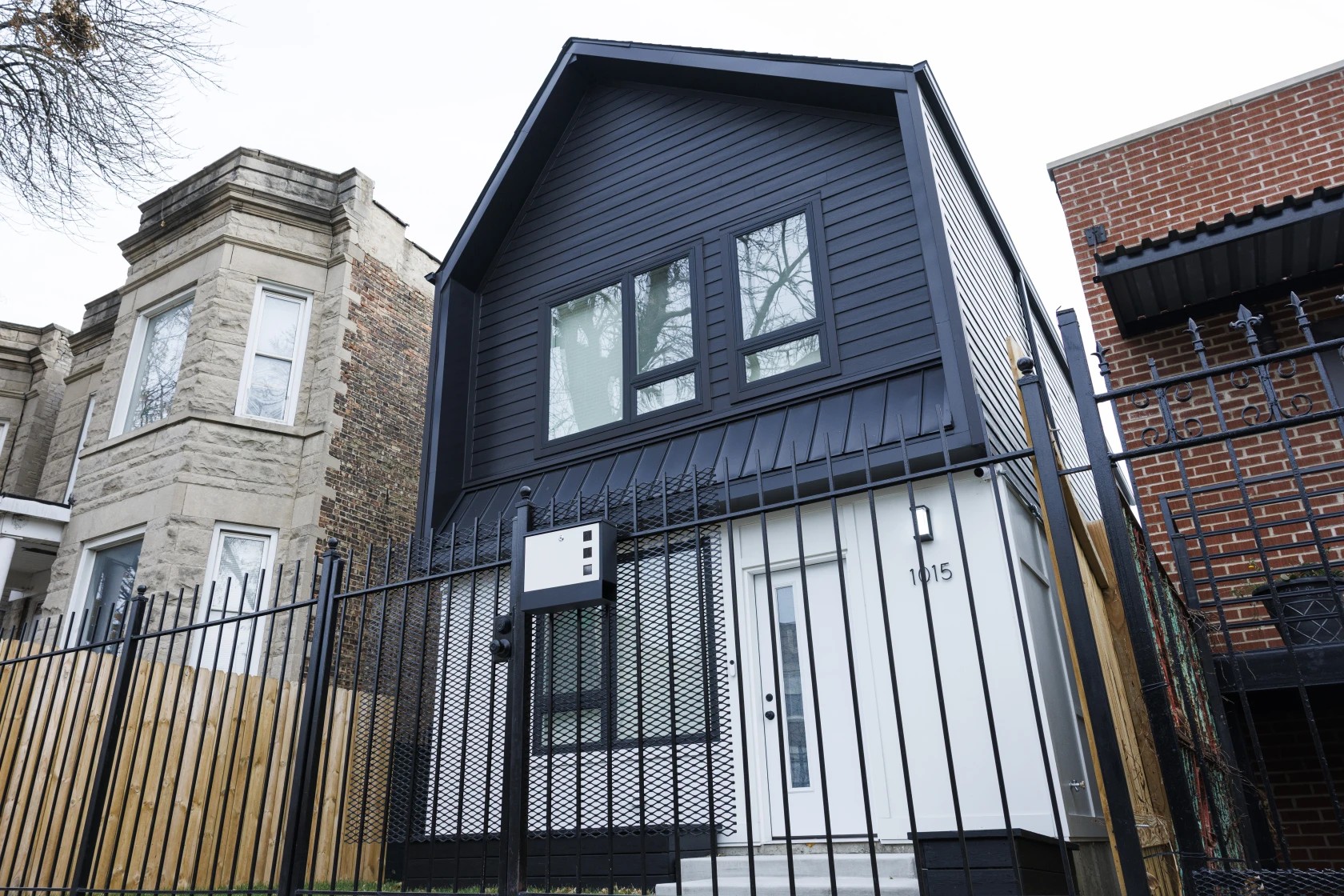Guest Blog: The Need for a Collective Approach to Preserving 2 to 4 Unit Housing in Chicago

Full Article from Institute for Housing Studies at DePaul University
The loss of two- to four-unit rental buildings in Chicago’s neighborhoods is at the core of the city’s affordable housing crisis. These buildings are primarily home to households of color. — over a third of the city’s predominately Black renters and roughly 60 percent of Latino renters live in 2 to 4 unit buildings - and a wealth-generating opportunity, especially for neighborhood-based homeowners. Yet the patterns contributing to the loss of this housing stock, highlighted by the analysis by IHS, not only point to the widening racial disparities that are contributing to mass displacement, but have also been exacerbated by the pandemic.
In communities like Chatham, efforts by the Greater Chatham Initiative have identified unique challenges facing homeowners of 2 to 4 flats. For example, first-time homeowners of 2 to 4 flats have relied on rents to pay the mortgage on their homes. Yet the economic impact of the pandemic, and the challenges faced by many households seeking to access rent and mortgage relief, make these homeowners more vulnerable to foreclosure. Annually, 2 to 4 flats account for nearly 24 percent of the foreclosure filings citywide and 30 percent of 2 to 4s have had at least one foreclosure filing since 2005 - the highest of any property type. As IHS highlights in the analysis, foreclosure activity on 2 to 4 unit properties has long been concentrated in Black and Brown communities.
The significant loss of this affordable housing, for varying reasons by neighborhood, and the inequitable impact of the pandemic across communities of color calls for urgent coordinated actions to address the existing needs of families that rely on the affordability that 2 to 4 flats provide. From community organizations providing services and engaging those most impacted by racial inequities in housing, to public and private entities providing financial tools, and other stakeholders, we must take collective action to prevent displacement. Additionally, a long-term focus on the preservation of 2 to 4 flats would serve as a critical strategy for wealth generation across communities of color. It would also provide an opportunity to address the unique housing pressures in communities across the city, whether they are impacted by divestment or gentrification pressures. Below are key short-term and long-term strategies that a diverse range of stakeholders can take to prevent further displacement of communities of color, to stem the loss of 2 to 4 flats, and sustain affordability in Chicago neighborhoods
Coordinated efforts to prevent displacement during the continued pandemic:
- Coordinated outreach to connect resources and financial support for owner-occupied homeowners and renters across communities most impacted by the pandemic and the loss of affordable 2 to 4 housing stock.
- Collective advocacy efforts for funding resources for renters and homeowners, residing in this housing type, affected by the economic impact of the pandemic.
- Engagement of impacted and renters and homeowners in community-led solutions to address unique pressures destabilizing the 2 to 4-unit housing stock during and beyond the pandemic.
Long-term preservation of 2 to 4 unit housing stock as a key strategy for wealth generation and sustainable affordable rental housing:
- Develop new ownership models and financial tools informed by communities most impacted by racial inequities to support acquisition and rehabilitation of 2 to 4 unit housing stock.
- Develop policies that will prevent foreclosures and increase homeownership opportunities in communities of color. Preservation of affordable housing is central to the health of individuals and communities and integral to advancing racial equity.
We are ready to take action to address this pressing need and advance community-led partnership along with incredible partners such as the Greater Chatham Initiative, Garfield Park Community Council, New Covenant CDC, Elevate Energy, and the Institute for Housing Studies at DePaul University.



